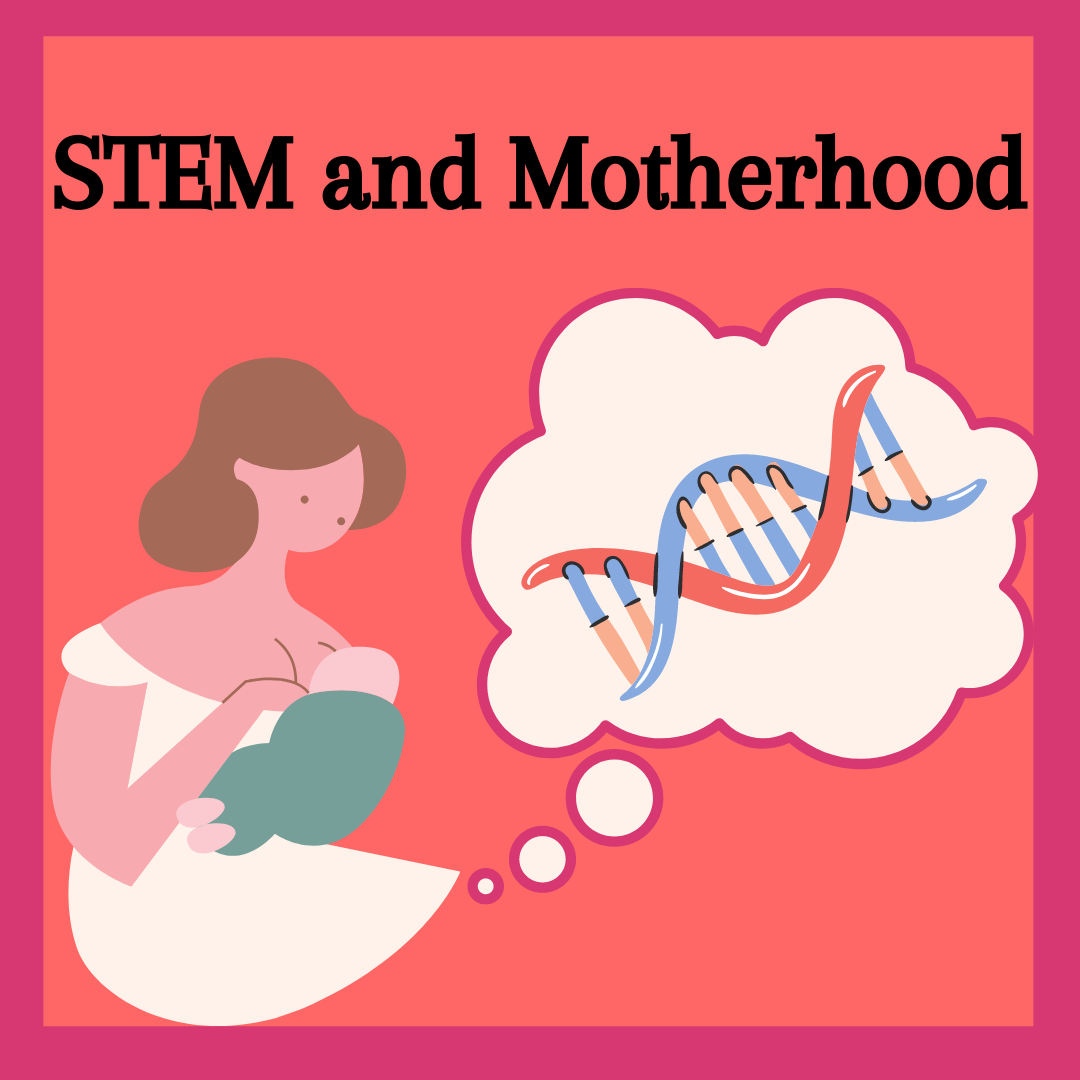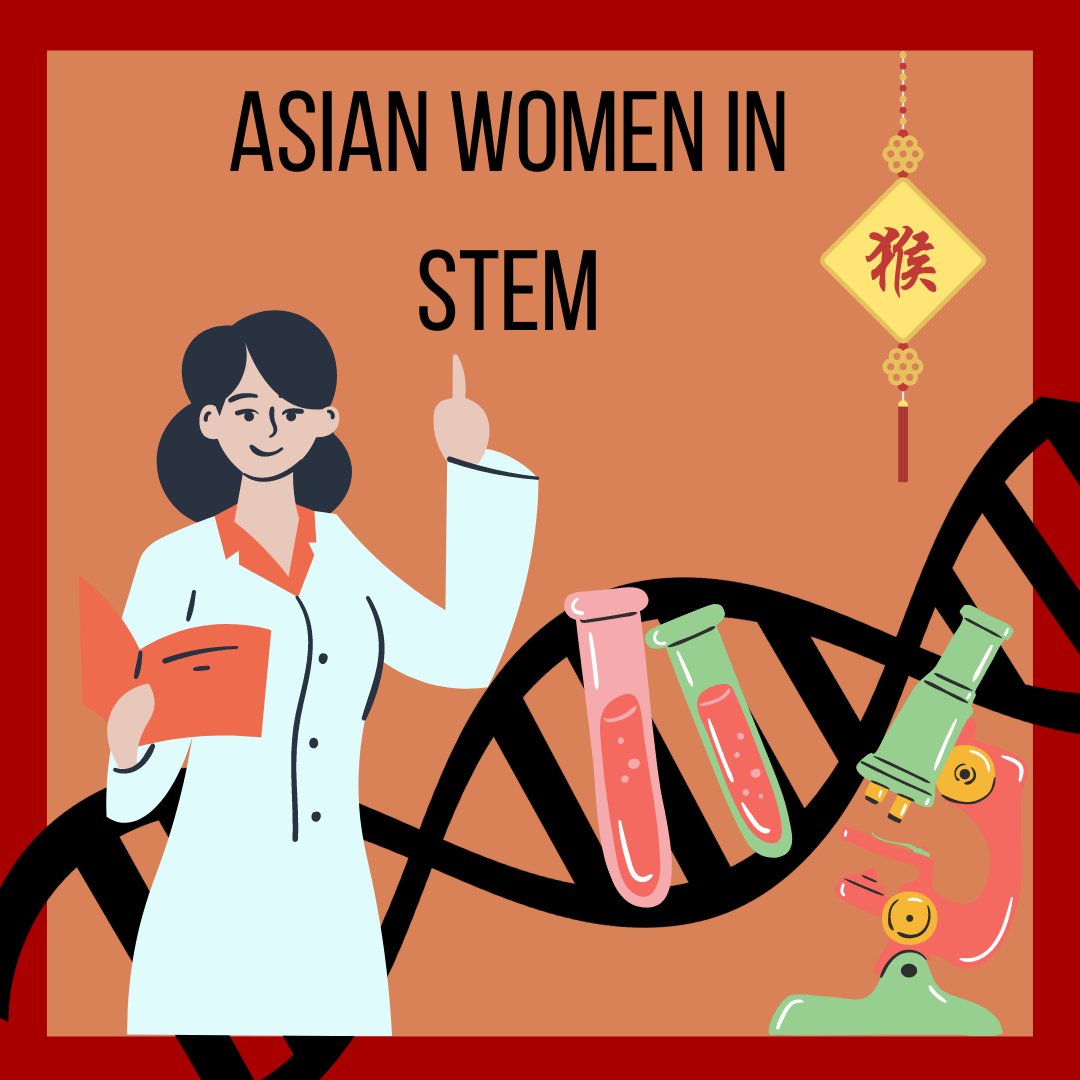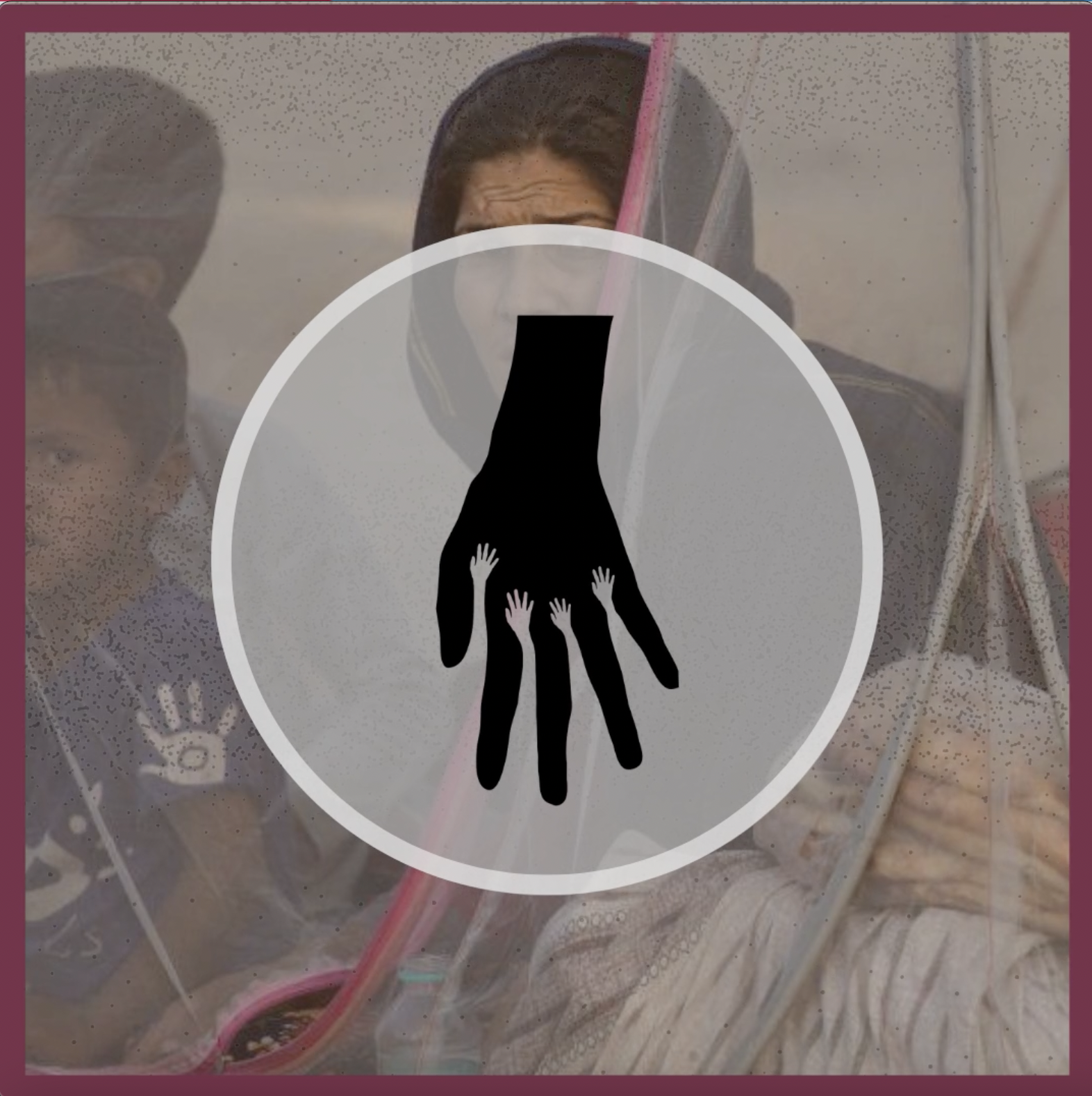When two intelligent women from opposite ends of the world team up to take on a common goal, rest assured, they’re going to make it. That is just what happened in the case of Emmanuelle Charpentier, who co-discovered and then devloped the CRISPR/Cas9 system that revolutionised genetic engineering and will go down in history. Along with Jennifer Doudna, she took a belief and worked till she got results. Never distracted. Never pausing.
Congratulations Dr. Doudna and Dr. Charpentier for winning the Nobel Prize in Chemistry 2020 for their work with the gene editing technology CRISPR/Cas9! This is the first time a team of only women have won this award in history.
Finding your path.
Emanuelle Charpentier grew up in in a small town in France, supported by her parents to pursue all she wanted. She tried her hand at piano and her toe at ballet but her passion led her elsewhere. She knew, very early on, that she wanted to dedicate her life to advancing medicine. And, my oh my, let me tell you- advanced, revolutionised- what she achieved opened up a whole new reality for the world. (More about how awe-struck I am by her work to follow.)

She completed her undergraduate studies at Pierre and Marie Curie University in Paris and pursued her PhD at the Institut Pasteur (Now where have we heard this name before?). Her thesis studied movement of bacterial genetic material around the genome and between cells (translation- she analysed how bacteria transferred drug resistance.) Following her transformative years at the inistitut, she applied for a postdoc position in close to 50 labs in the USA and offers flew right back in.
“I was a typical French student of the 1990s — I imagined that after a short excursion I would work the rest of my life at home.”
– Emmanuelle Charpentier
She chose to work at the Rockefeller University in, of course, New York City, alongside microbiologist Elaine Tuomanen. They studied the resistance of Streptococcus pneumoniae– a pathogen that is a major cause of pneumonia, meningitis and septicaemia. She then worked on two additional projects in NYC, one at NYU School of Medicine with Pamela Cowin. Emmanuelle then moved to Vienna and ran a small lab dependent on short-term grants. This, the early 2000s, was when the newly discovered CRISPR began to gauge her interest.
“I had in mind to understand how every biochemical pathway in a bacterium was regulated.”
– Emmanuelle Charpentier
What makes her special.
She moved around a lot, each relocation pushing her closer to understanding the CRISPR mechanism. Something that is particularly inspiring about her is that it didn’t matter where she was- whether her office was set up or boxes unpacked- the one thing she never allowed to be disrupted was her work.

Such focus guides her ambition that it has become what defines her.
And, I mean, it’s safe to say- she’s excelled beyond comparison. But what’s important is that she did so by choice. She chose excellence. She found the one thing to live for and worked towards it each day and, eventually, made history.
Dr. Charpentier and CRISPR/Cas9.
When the world was marvelling at its discovery, Emmanuelle was thinking so far ahead that she was trying to find how the mechanism actually cleaved (or cut) the DNA, an understanding which she not only realised but also manipulated to serve as a tool for genetic engineering. Particularly she found that the tracrRNA in the bacterial system, along with the crRNA, guide the Cas9 nuclease (or enzyme) to cleave the target genetic sequence. She then found that this system could be imitated by simply engineered sgRNA. sgRNA is a chimera of the two types of RNA used in bacteria and, therefore, replaced them. This led to the rise of a whole new mechanism for near any type of genetic engineering in near any type of cell. Her work, with Jennifer Doudna, was published 2012 and it changed the world. (No, I’m not being dramatic. It literally changed the world.)
The effects have been far reaching and has the potential to shape much of the future of medicine and therapeutics. The CRISPR/Cas9 mechanism, has reached and continues to reach potentials we only hear about in sci-fi movies. (If I told you how close we were to a Jurassic Park you would not believe me.) It is not only used to model disease but may be able to reverse mutations, correct discrepancies, regulate gene expression and so much more. It is the leading mechanism that can be used to correct sickle-cell anaemia and even cancer. The potentials are, truly unlimited and partially unknown. This makes her work not only the most significant discovery in biological history but also the most powerful one.
Help me out with something.
I’m going to put up two images now. One is of the list of awards she has recieved. Another is of her CV. Let me know which one you think is longer.

We can now proudly add the Nobel Prize in Chemistry 2020 to this long and increasingly heavy list! Congratulations to the most badass team of women I’ve ever seen.
Although she is grateful for the recognition her work has received. It is not under the spotlight on a stage accepting an award that she belongs but rather in a lab with her white coat. Her ambitions have not waned in the slightest and in no way does she believe her work is complete. Emmanuelle Charpentier has the spirit and dedication that- honestly- is what makes her one of the greats. Fame didn’t change her. Lawsuits didn’t restrict her. Moving was never a challenge to her work. With everything she faces, it remains her identifying trait that she gives regard to one thing only and that is her work.
“I haven’t changed, and I won’t change. The scientist that I am got me here, and that is the scientist that I want to remain.”
– Emmanuelle Charpentier
What is a superhero?
So, if anybody had any questions about what a scientific superhero entails- I present to you, living proof. Someone who works till they make history, and then some.
“Excellence is never an accident. It is always the result of high intention, sincere effort, and intelligent execution; it represents the wise choice of many alternatives – choice, not chance, and determines your destiny.”
– Aristotle (384-322 BC): featured on Emmanuelle’s website
Emmanuelle was the TIME Magazine’s one of the hundred most influential people in the world alongside Jennifer Doudna in 2015. In 2016, she received the L’Oréal-UNESCO For Women in Science Awards. She was even on the Forbes list of the World Top 50 Women in Tech in 2018. She previously held senior positions at the Humboldt University, Hannover Medical School and the University of Vienna.
Today, Emmanuelle Charpentier serves as Founding, Scientific and Managing Director of the Max Planck Unit for the Science of Pathogens, Berlin. She also founded the leading drug-discovery business CRISPR Therapeutics along with Rodger Novak and Shaun Foy and the intellectual property firm ERS Genomics.
CRISPR Therapeutics is a biopharmaceutical company focused on developing gene-based medicines for patients with serious illnesses including sickle cell disease. It also works with stem cells exploring regenerative medicine and in establishing immune-oncology- a way to potentially treat cancer. So, not only did she give the world the means to come up with solutions- she spends every single day since searching for them herself.
Dr. Charpentier, if you’re listening, please show me how to be you.

“CRISPR Therapeutics has raised over $500 million, it is valued at around $2.5 billion, and has offices in the US, Switzerland and the UK.”
– Forbes
It was never about the money or the fame or the awards for Dr. Emmanuelle Charpentier. But, she got it all. And what remains her superpower is that it did nothing to skew her from her path of research- only fuelled it.
Girls, nothing in this world compares to the feeling of being able to do what you love, every single day. Chase your dreams, so relentlessly that even when you win a Nobel, you don’t waste time. You just start working on your next one. Know what is important to you and then let nothing stand in the way of that. Dream big big big. But don’t forget to do. Your passion, your wonder and your ambition is all you’ll ever need. Excellence is a choice. So, actively choose it and work for it everyday. I speak with reference when I say,
“Women in Science? Shocker, we exist.” 😉
If you like this post, you might like some of our other work too!
- March 2022
- August 2021
- July 2021
- June 2021
- May 2021
- April 2021
- March 2021
- February 2021
- January 2021
- December 2020
- November 2020
- October 2020
- September 2020
- August 2020
- July 2020
- June 2020
- May 2020
Subscribe to help us keep you updated each time we post something new!






Leave a Reply